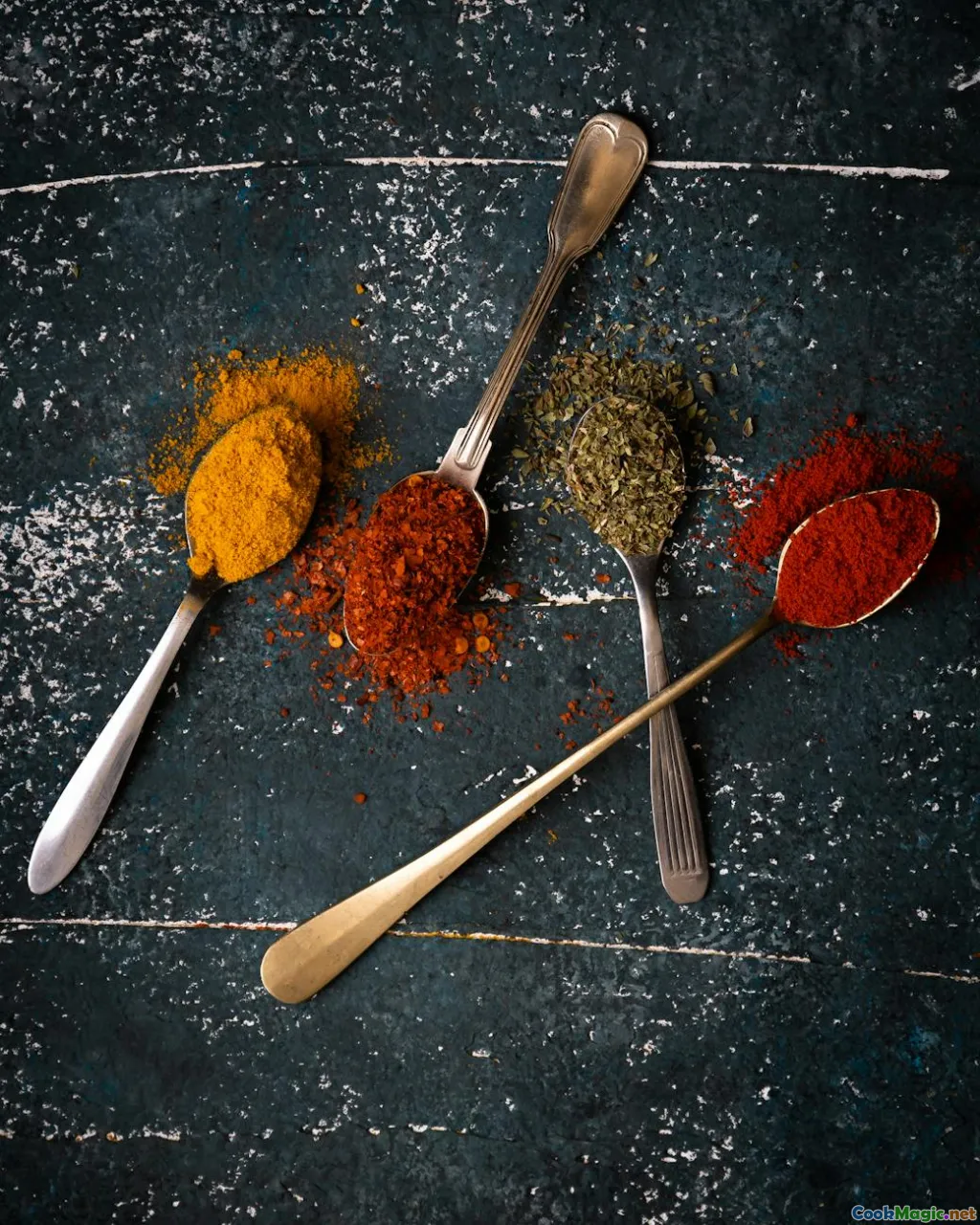Tracing the Real Story of Curry around the World
8 min read Embark on a flavorful journey exploring the rich history, cultural significance, and diverse variations of curry around the world. April 23, 2025 13:00
Tracing the Real Story of Curry around the World
Introduction: The Aromatic Allure of Curry
Imagine walking through a bustling street market in Mumbai, where the air is thick with the intoxicating aroma of cumin, turmeric, and coriander. Or perhaps you’re savoring a spicy Thai green curry that dances on your palate with its complex layers of flavor. Curry is more than just a dish; it’s a global phenomenon woven into the fabric of countless cultures. Yet, despite its widespread popularity, the true story behind curry remains a tapestry of myths, history, and cultural exchange. This article takes you on a delectable voyage to uncover the origins, evolution, and diverse expressions of curry across continents.
The Origins of Curry: A Mosaic of History
Ancient Roots and Early Uses
The word "curry" is believed to derive from the Tamil word "kari," meaning sauce or relish, dating back over two thousand years. Ancient Indian texts mention a range of spice-infused dishes, often prepared with turmeric, cumin, and black pepper, used both for their flavor and medicinal properties. These early recipes were not uniform but varied regionally, reflecting local ingredients and culinary traditions.
Indian Subcontinent: The Birthplace
India stands at the heart of curry’s history. Traditional Indian curries are incredibly diverse, each with unique spice blends, cooking methods, and regional ingredients. For instance, the fiery vindaloo from Goa incorporates vinegar and chili, while the rich Mughlai curries from North India feature yogurt and nuts. Indian curries are characterized by their complex masalas—carefully ground spice mixtures—that create layered flavors that are both aromatic and deeply satisfying.
Ancient Trade and the Spread of Spices
Trade routes such as the Silk Road and maritime pathways facilitated the spread of spices from Asia, Africa, and the Middle East. These spices, once highly prized, traveled to Europe and Southeast Asia, influencing local cuisines. The Portuguese, for example, introduced chili peppers from the Americas to India, transforming traditional recipes and giving birth to the fiery curries that many associate with Indian cuisine today.
The Evolution of Curry: Crossing Borders and Cultures
Southeast Asia: A Fusion of Flavors
In countries like Thailand, Malaysia, and Indonesia, curry evolved into vibrant, coconut milk-based dishes. Thai green and red curries feature fresh herbs like basil and lemongrass, with a balance of sweet, sour, salty, and spicy notes. Malaysian rendang, slow-cooked with spices and coconut, exemplifies the rich, aromatic qualities of Southeast Asian curries.
The British Colonial Influence
British colonization introduced Indian curry to Europe and the Caribbean, often adapting the flavors to local tastes. The iconic British chicken curry, for example, is a milder, tomato-based adaptation that became a staple in British households. In the Caribbean, curry has melded with local ingredients, giving rise to dishes like Jamaican curry goat, flavored with allspice and Scotch bonnet peppers.
Global Variations: From Japan to Africa
Japanese curry, markedly different in flavor, is thick, mildly sweet, and often served with rice and katsu. African curries, such as those in Nigeria and Ethiopia, incorporate local ingredients like peanuts, berbere spice blends, and injera bread, respectively. These adaptations highlight curry’s incredible versatility and its ability to reflect local identities.
Sensory Experiences: The Art of Making and Enjoying Curry
The Visual Appeal
A good curry is a feast for the eyes—vivid yellows from turmeric, fiery reds from chili, or deep browns from slow-cooked meats. The texture varies from smooth and velvety to hearty and chunky, often garnished with fresh herbs or a squeeze of lime.
Aromatic Magic
The aroma of a freshly made curry is an intoxicating blend of spices—earthy cumin, pungent garlic, fragrant cinnamon, and zesty ginger—each contributing to a symphony that awakens all senses.
The Taste Journey
Curry offers a complex taste profile: the warmth of spices, the richness of coconut milk or yogurt, the tang of vinegar or tamarind, and the umami depth of slow-cooked meats or vegetables. The texture can be tender, melt-in-your-mouth, or satisfyingly chewy, depending on the ingredients.
Personal Reflections and Cultural Significance
A Dish of Connection
For many, curry is more than a meal; it’s a symbol of cultural identity, familial tradition, and shared history. Cooking curry often involves a communal effort—grinding spices, simmering pots, and passing down recipes through generations.
The Modern Curry Experience
Today, curry continues to evolve, blending traditional techniques with innovative ingredients like quinoa or plant-based proteins, reflecting contemporary dietary trends. In urban cafes and high-end restaurants, chefs experiment with presentation and flavor, ensuring curry remains a dynamic culinary art.
The Enduring Appeal of Curry
From its humble beginnings in ancient India to its status as a global comfort food, curry’s journey is a testament to the power of spices to unite, transform, and inspire. Each region’s variation tells a story—of trade, colonization, adaptation, and identity—making curry a living, breathing mosaic of human history.
Conclusion: A Flavorful Legacy
Next time you savor a bowl of curry, remember the centuries of history simmering within each spoonful. It is a dish born from cross-cultural exchanges, enriched by local traditions, and celebrated worldwide. Curry’s story is a reminder that food is not just sustenance but a vibrant narrative—spiced with history, culture, and the universal human love for bold, memorable flavors.









